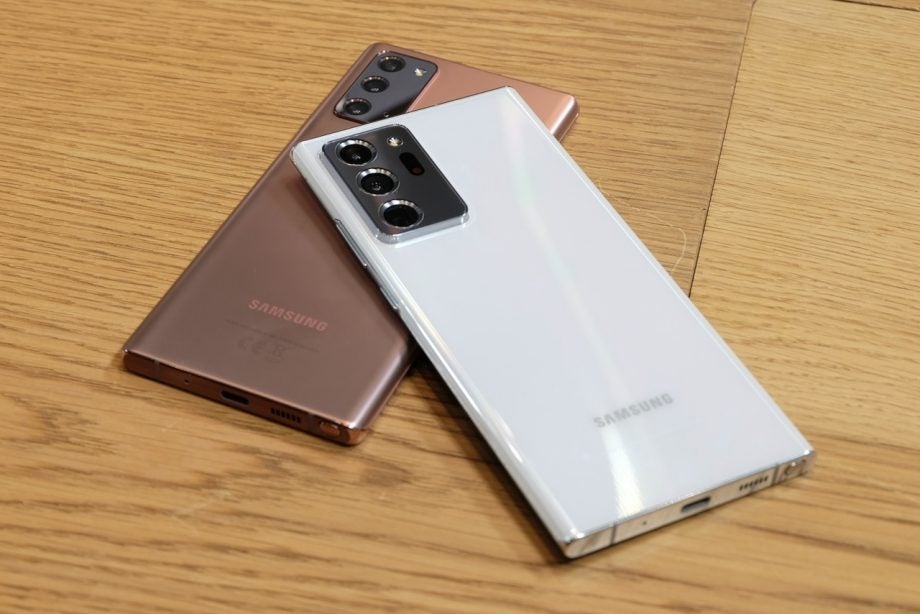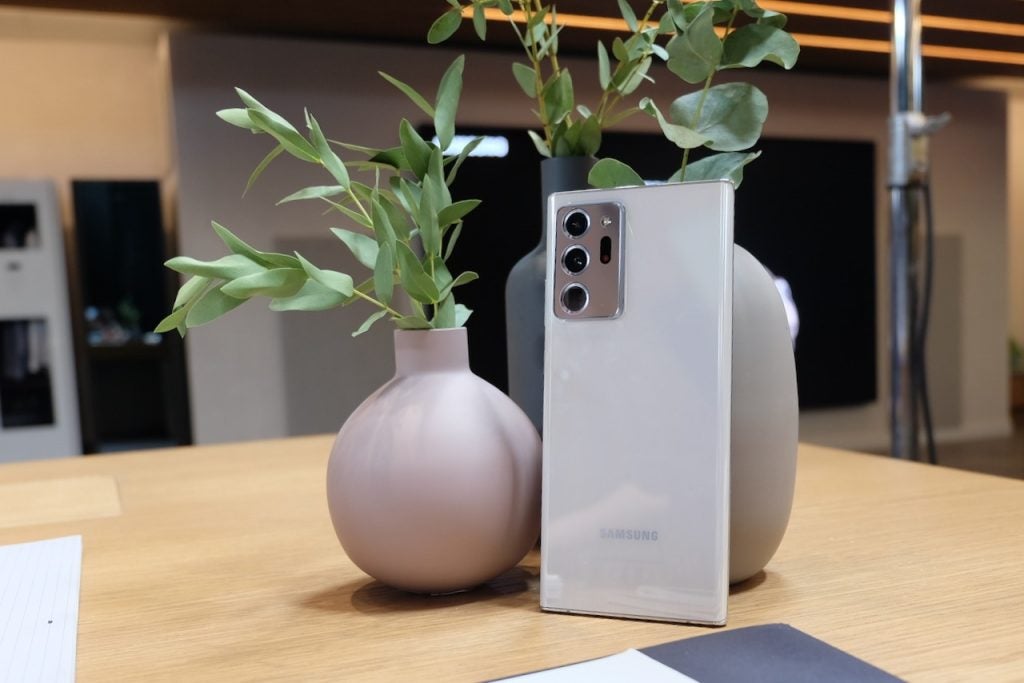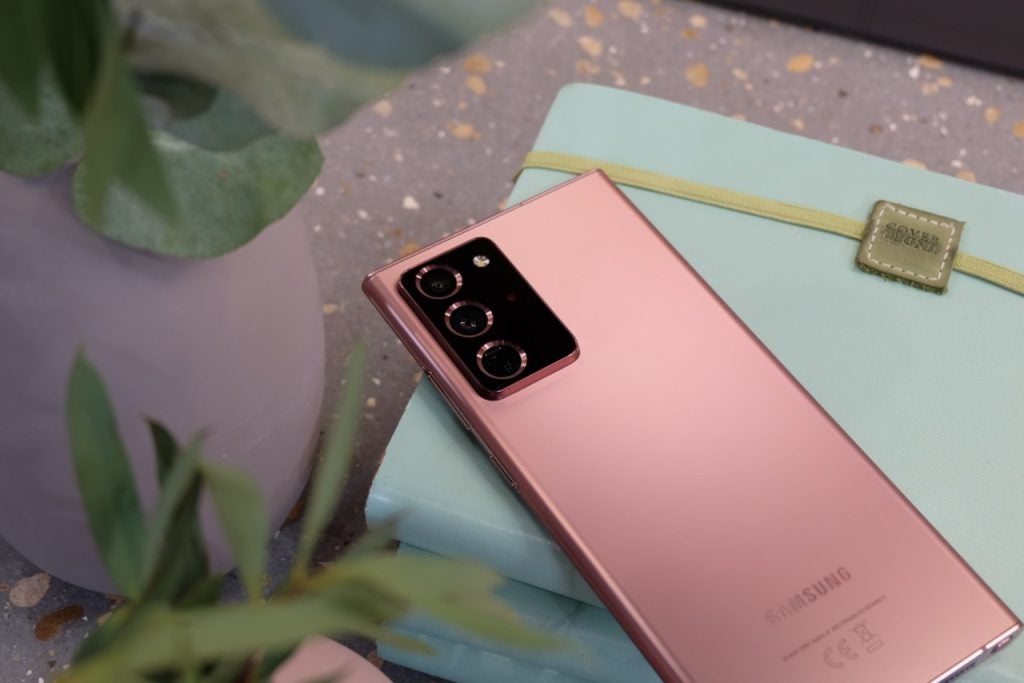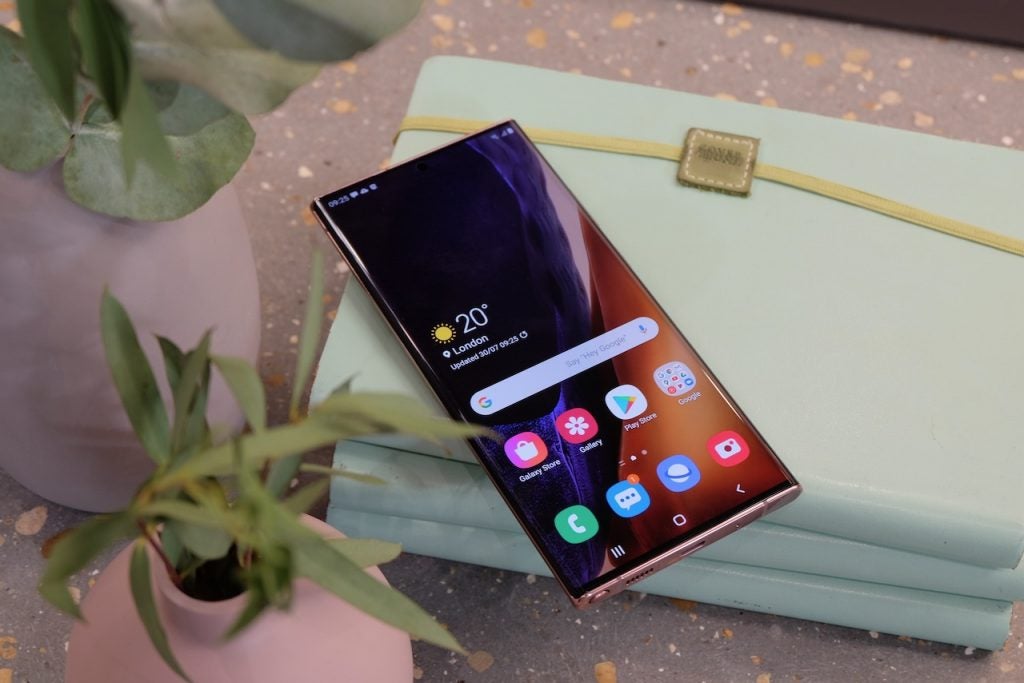Samsung Galaxy Note 20 vs Note 20 Ultra: Should to go Ultra?

Owing to some delays, smartphone season has kicked off early this year – with some midrange gems from Google and OnePlus. However, the 2020 flagship tussle is just beginning. We’re kicking things off by pitting Samsung against itself following the reveal of the new Note 20 Ultra and Note 20.
For a long time, the Galaxy Note range was a refined version of the S-series flagship from earlier that year – with a few stylus-friendly tweaks to boot. However, big changes are afoot this year.
The introduction of a Note 20 Ultra is set to redefine what the Note means for Samsung and where the Note 20 sits amongst other flagship phones.
- Check out our hands-on Galaxy Note 20 review and Galaxy Note 20 Ultra review

1. You can opt-out of 5G on the Galaxy Note 20
The base Galaxy Note 20 sticks with good ol’ 4G, regressing from the Galaxy S20 range which saw all models sport the new 5G tech.
If you can go without the future-proofing feature, it’s a neat way to keep your cost down but it also feels like a glaring omission for an £849 device.
The omission is made more prominent by the company’s partnership with Microsoft. Samsung is working with Xbox to have xCloud game streaming work on the new Note devices over 5G and WiFi 6 – with some buyers getting three months of Xbox Game Pass Ultimate free.
On the other side of the fence, all models of the Note 20 Ultra will come equipped with 5G. So you’ll be able to give high-end game streaming a bash when out and about along with all the other connectivity goodness offered by 5G.
[videoai]Related: Samsung Galaxy Buds Plus

2. Note 20 Ultra is far more premium
Last year, Samsung began to muddy the waters of the Note series. In 2019, the Galaxy Note 10 Plus felt like the true flagship while the Note 10 didn’t offer much to catch the eye.
In 2020, the Note 20 Ultra is the clear frontrunner and the Note 20 has even ditched some of the quality seen on the Galaxy S20 range earlier this year.
While the Note 20 Ultra features the Gorilla Glass (7 in this case) sandwich that’s become a staple of most flagships these days, the Note 20 sports a plastic back – giving it a design closer to the less flashy Lite phones recently launched by Samsung.
If you’re a Note series lover who isn’t keen on forking out the big bucks for the Ultra, you might feel somewhat short-changed that the new device is lacking some common flagship features.
The gulf extends to the display. Note 20 Ultra featuring an adaptive 120Hz WQHD+ HDR10 Curved OLED while the Note 20 has a startlingly shorter list of buzzwords, with a 60Hz FHD+ Dynamic OLED. In a month when the OnePlus Nord was released with a 90Hz display for under £400, it’s a shame to see an £800-plus phone neglecting this feature.
Note 20 Ultra also comes with new Ultra Wide Band (UWB) tech for sharing files between nearby devices and a handy digital security key. The stylus of the Ultra also offers 80% better latency than last year while Note 20 sits at just 40% faster.
3. Space Zoom is back in two different flavours
Samsung loves Space Zoom. The feature took centre stage for the launch of the new Ultra line during the Galaxy S20 launch. Unfortunately, it definitely didn’t live up to the hype.
Samsung isn’t given up though and it seems like they are taking a more sensible approach with the Note 20 range.
For the Note 20, 30x Space Zoom – a much more modest number than the original 100x touted on the Galaxy S20 Ultra. Samsung is also combining Space Zoom with a 3x hybrid zoom on Note 20. Hopefully, the new combo will heed better results.
Note 20 Ultra zoom set up is less timid than the Note 20 but it’s still a more measured approach. The Ultra will feature a 50x Space Zoom with a 5x optical zoom.
Be sure to check out our hands-on of both products and our full reviews for the in-depth low down on these revamped camera setups.
Related: Best phones

4. Battery life could be a mixed bag
A ton of factors play into battery life and it’s these variables that make knowing which of these devices will last longer a hard thing to predict.
Note 20 Ultra comes will a slightly larger battery at 4500mAh to the 4300mAh on the new Note 20. However, with a WQHD+ screen and a 120Hz refresh rate, the Note 20 Ultra would appear to have more work to do.
As mentioned before, Ultra display is “adaptive” – meaning it will adjust the refresh rate according to what’s on the screen. If this works well then the extra drain may not be too bad.
Alternatively, Note 20 should definitely make it through the day with its decently-sized 4300mAh battery that, on the display front, only powers an FHD+ panel.
Both devices sport an Exynos 990 in Europe and Snapdragon 865 Plus in the US so processing power won’t be a factor for battery life. However, the Ultra does sport 12GB LPDDR5 RAM to the 8GB of the Note 20 – a minor difference which shouldn’t have a big impact.
5. How much do they both cost?
We’ve touched on it already but a big factor when comparing these two phones has to be price. They both offer represent quite a tough sell in today’s market for different reasons.
Starting at £849, the Galaxy Note 20 might be a tough sell when pitted against other devices at a similar pricepoint – including Samsung’s own Galaxy S20.
While the Note 20 Ultra kicks things off at £1179. The price of entry is lofty but if you are willing to part with this sort of cash than the Note 20 Ultra may live up to the hype of the Galaxy S20 Ultra.
When pitted against each other, it is clear the Note 20 Ultra is the better phone and it may represent better value at among competitors than its Note 20 sibling.

